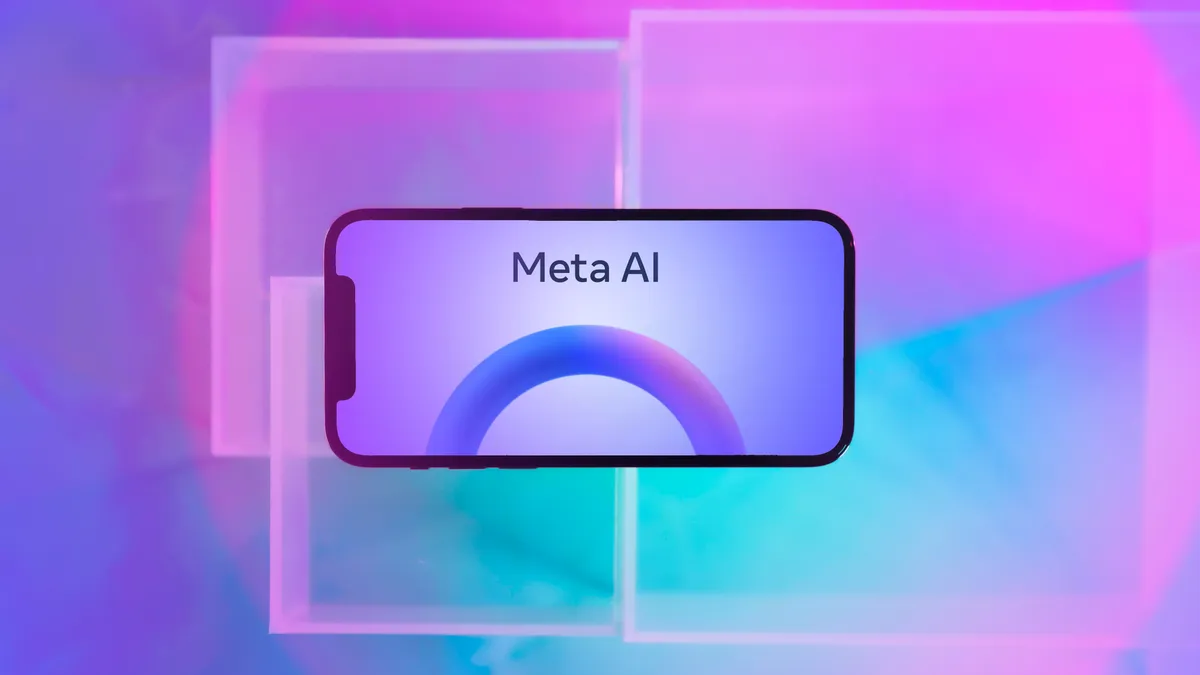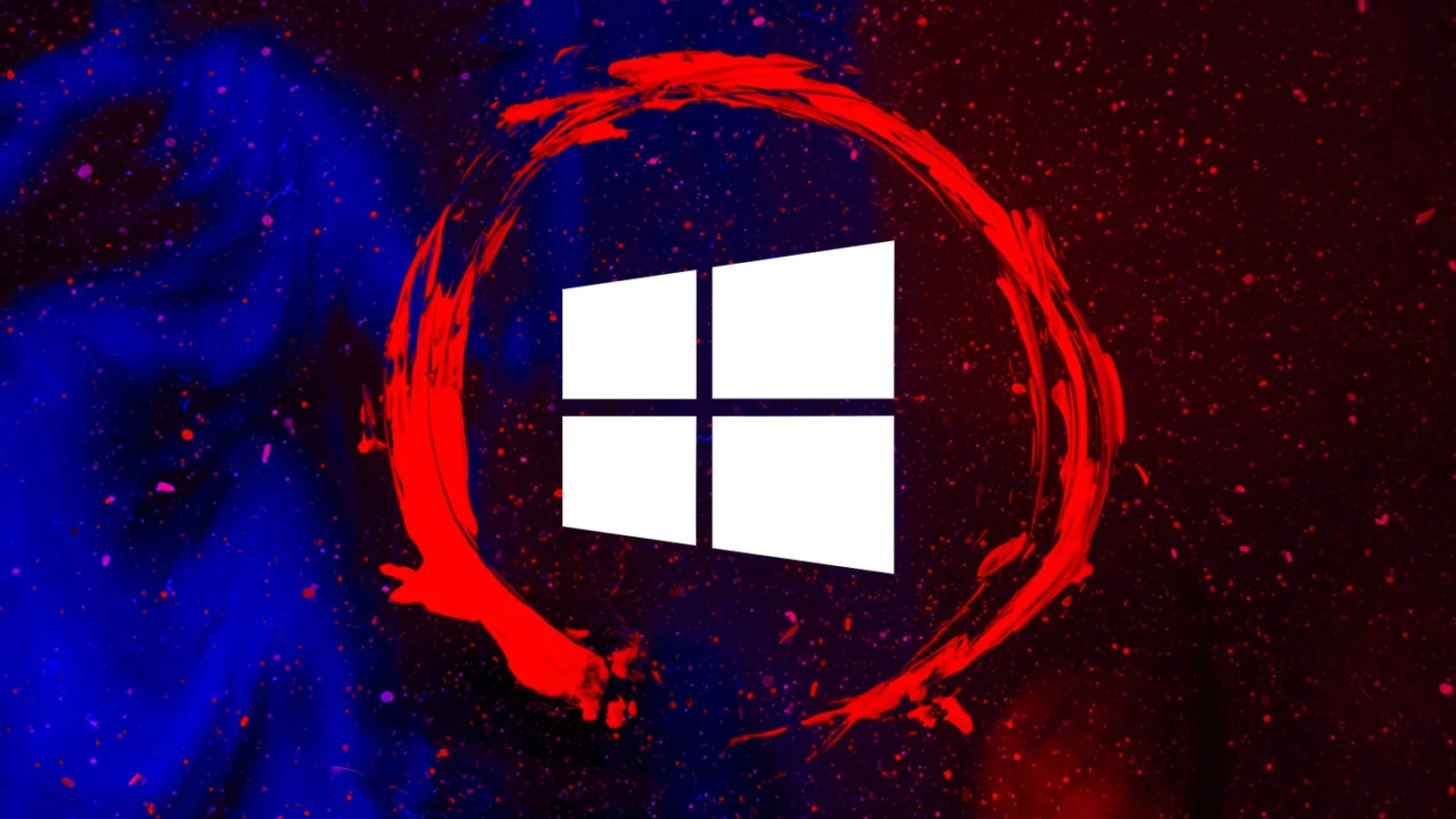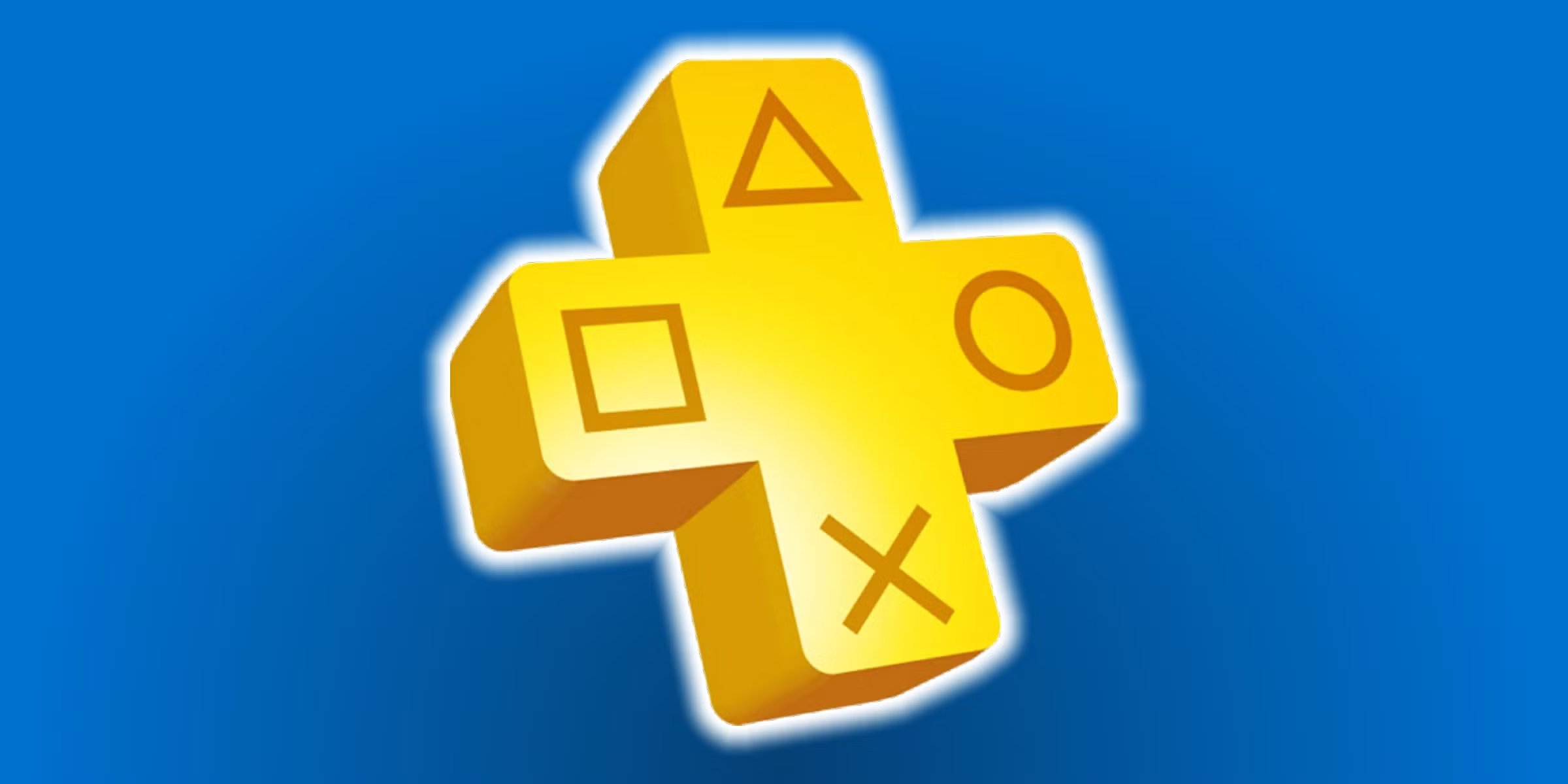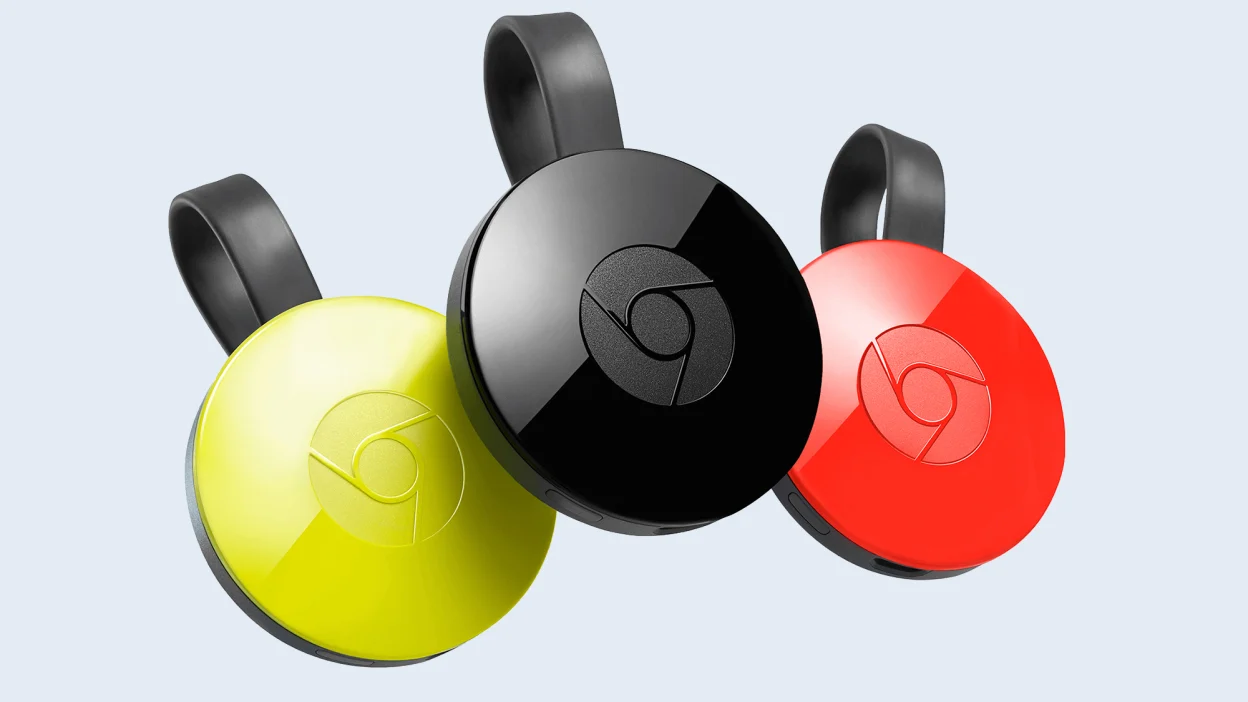The AI landscape is evolving rapidly with two of the biggest tech giants, Meta and Google, making significant strides with their respective AI models. Meta’s AI ecosystem, led by the Llama models, and Google’s Gemini series are at the forefront of this innovation. This article provides an in-depth look at how these two AI powerhouses compare, focusing on their latest advancements, capabilities, and applications.
Meta AI: Llama 3 and V-JEPA
Meta AI has been making waves with its Llama series. The latest in this line, Llama 3, is set to push the boundaries of what open-source AI can achieve. Llama 3 continues Meta’s tradition of offering multiple model sizes, making it accessible and efficient for a wide range of applications. These models are known for their cost-effectiveness, allowing developers to train and run sophisticated AI systems without the hefty price tag associated with proprietary models like OpenAI’s GPT-4 or Google’s Gemini.
Meta has also introduced the Video Joint Embedding Predictive Architecture (V-JEPA), which uses predictive analysis to teach AI models about the real world through videos. This model excels in video understanding and predictive capabilities, marking a significant step forward in AI’s ability to interpret and generate visual content.
Google Gemini: A New Generation of AI
Google’s Gemini series, particularly the latest Gemini 1.5, represents a significant leap in AI capabilities. The Gemini models are designed with a focus on multimodal reasoning, allowing them to process and integrate information from text, images, and other formats. This makes Gemini highly versatile, suitable for a variety of tasks from chat applications to data extraction and image generation.
One of the standout features of Gemini 1.5 is its long context window, capable of processing up to 2 million tokens. This allows the model to handle extensive and complex inputs, making it ideal for applications requiring detailed analysis and comprehension. Additionally, the Gemini 1.5 Flash variant is optimized for speed and efficiency, catering to high-frequency tasks with lower latency and cost.
Performance and Applications
Both Meta and Google have tailored their AI models to meet diverse needs. Meta’s Llama models, being open-source, provide a flexible platform for developers to build customized AI solutions. This has made Llama popular in academic and research settings, as well as in industries where cost-efficiency is crucial.
On the other hand, Google’s Gemini models, with their advanced multimodal capabilities and extensive context processing, are better suited for enterprise applications that require robust and scalable AI solutions. The Gemini models are integrated into Google’s cloud services, providing seamless access to powerful AI tools for businesses.
Ethics and Safety
Both companies emphasize the importance of ethics and safety in AI development. Google has incorporated extensive safety testing into its Gemini models, ensuring they adhere to strict ethical standards. Meta, with its focus on open-source models, also prioritizes transparency and ethical considerations in AI deployment.
Meta AI and Google Gemini represent two distinct approaches to AI development. Meta’s focus on open-source accessibility and cost-efficiency contrasts with Google’s emphasis on multimodal capabilities and enterprise integration. Both models have their unique strengths and are poised to drive significant advancements in AI applications across various sectors.



















Add Comment